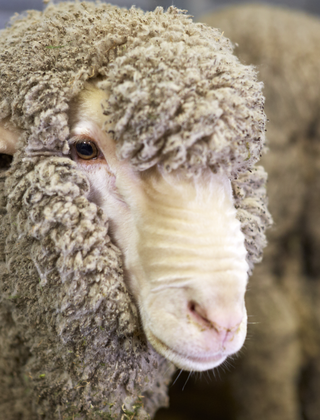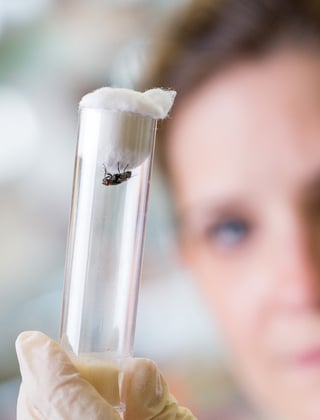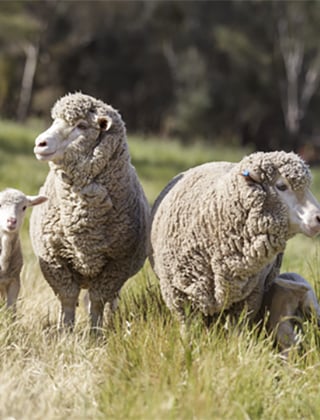HOGGONE feral pig bait is a game changer

The number and range of feral pigs are likely to increase dramatically due to the recent wetter weather which has provided the pigs with plenty of feed and water. However, the launch of a highly effective and targeted new bait, HOGGONE®, will be a timely game changer in feral pig management.
A remote camera shot of feral pigs taking the HOGGONE bait from the specially designed HOGGONE bait box.
The number and range of feral pigs are likely to increase dramatically due to the recent wetter weather which has provided the pigs with plenty of feed and water. However, the launch of a highly effective and targeted new bait, HOGGONE®, will be a timely game changer in feral pig management.
Up to an estimated 24 million feral pigs are spread across 45% of the Australian mainland and cost the agricultural industry more than $100 million each year by preying on livestock and causing significant damage to grazing and arable land.
The wool and sheep industries are directly affected, largely via predation of lambs, but also by damage to fences. Furthermore, feral pigs wallow and foul up water sources, turn over vast areas of soil when rooting for food, and facilitate the spread of weeds.
Feral pigs also host serious diseases and, if the highly contagious African swine fever ever gets into Australia and feral pigs prevent eradication, there is the risk that it could indirectly affect the livestock trade of industries other than pork.
EFFECTIVE, HUMANE AND ENVIRONMENTALLY CONSIOUS
After more than a decade in development, a new feral pig bait called HOGGONE®, which was formally approved recently by Australian regulatory authorities, offers an effective, fast-acting, and humane solution to target feral pigs.
HOGGONE® was developed by Animal Control Technologies Australia (ACTA) through the former Invasive Animals CRC with collaboration from USA and NZ scientists and support from MLA and AusIndustry.
“The capacity of HOGGONE® to cull large herds of feral pigs quickly and humanely has the potential to revolutionise landholders’ approach to management,” said vertebrate pest specialist and ACTA Managing Director Dr Linton Staples.
“HOGGONE® is a key part of the solution to the feral pig problem in Australia.”
- Dr Linton Staples
“The new bait has an innovative formulation of the active ingredient, sodium nitrite, which is a very effective and targeted poison for pigs. Sodium nitrite is a common food preservative which is safely used in low concentrations; people and most animals can tolerate modest amounts of sodium nitrite, but pigs lack the protective enzyme that is present in other species.
“HOGGONE® renders pigs unconscious before they die, typically within one to three hours, without suffering. Thanks to the fast-acting nature of HOGGONE®, carcasses are typically found within 200m of the bait point which provides visual confirmation of impact and easy carcass retrieval, if required.
“Additionally, the pig carcasses pose no risk to scavenging animals, and the HOGGONE® bait itself quickly and totally degrades without trace so there is no risk to contamination of the environment and delicate ecosystems.”
WIDELY ACCESSABLE AND PROVEN SUCCESSFUL
HOGGONE® is a Schedule 6 poison so landholders can buy and use it without specific training or certification. It is deployed via a specially designed HOGGONE® bait box that non-target animals cannot access.
Early adopters across Australia are having excellent results on the landscapes they manage and farm.
Toowoomba-based pest researcher and consultant Darren Marshall has run trials to test HOGGONE® in south west Queensland on multiple properties and in a national park.
“If you use as the label suggests, it works very well. It is very humane and achieves really good knockdown with a lot of the dead pigs found close to the baiting station,” said Mr Marshall, the General Manager - Commercial Programs at natural resource management organisation, Southern Queensland Landscapes.
“We need to kill 75% of the feral pig population in an area to control them, and you can only do that through baiting or aerial shooting. That’s why HOGGONE® is a really important additional tool in controlling feral pigs.”
HOGGONE® will overcome some shortcomings of the use of 1080 in baits for feral pigs. In comparison to the use of 1080 at low doses in baits for wild dogs and foxes, 1080 has to be used at much higher dose rates for feral pigs and therefore is a comparatively higher risk to non-target species such as birds.
The success of feral pig control relies on a co-ordinated effort of all landholders in a given area working co-operatively. Baiting can be very effective and forms the foundation of an effective control program, when used as part of a coordinated effort by landholders along with other control methods such as shooting, trapping and fencing. This suite of feral pig control techniques can be incorporated with wild dog and fox control techniques to form an integrated pest management program.
More information: www.animalcontrol.com.au/products/hoggone
This article appeared in the March 2021 edition of AWI’s Beyond the Bale magazine. Reproduction of the article is encouraged, however prior permission must be obtained from the Editor.















